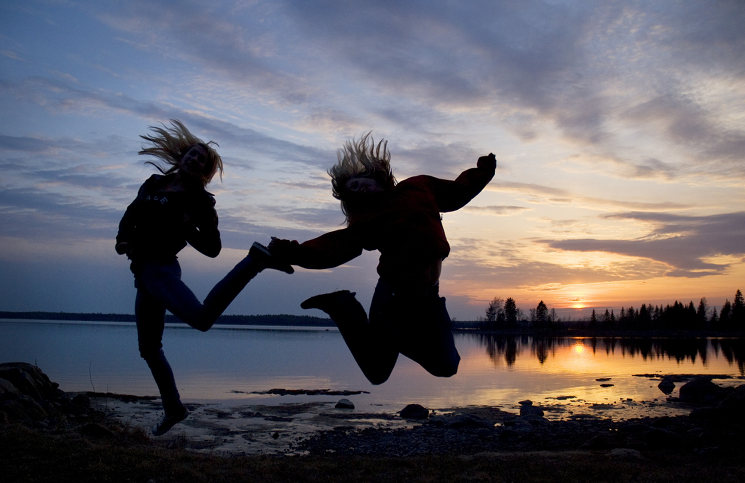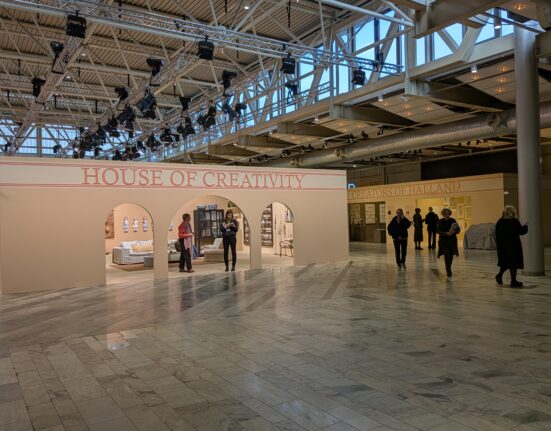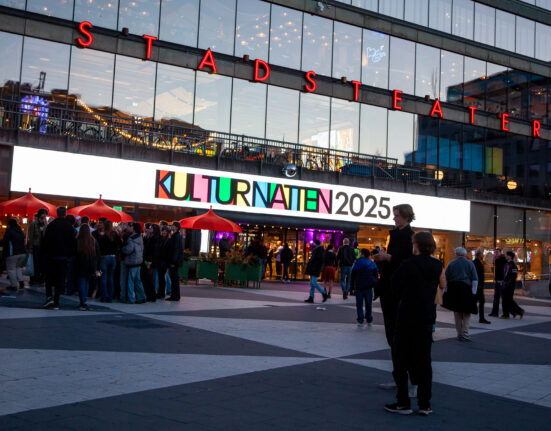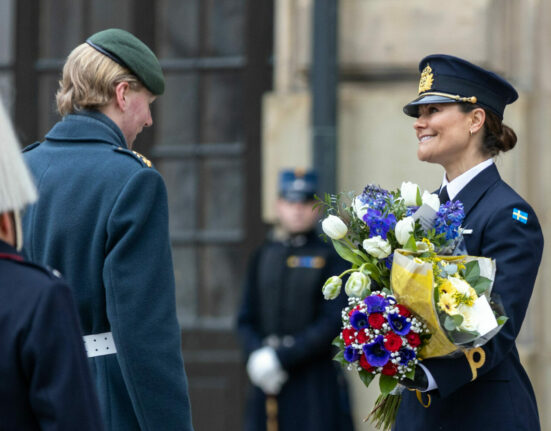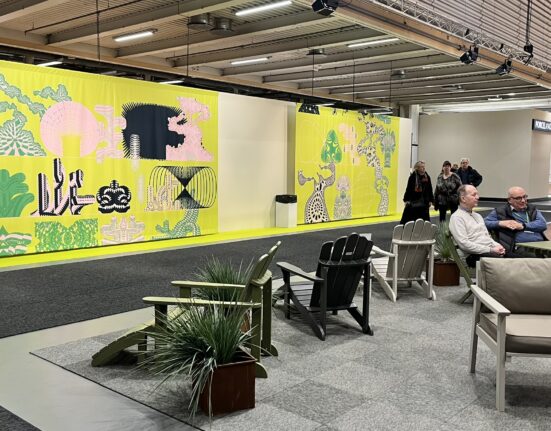Sweden’s far north is a land that contrasts sharply to the rest of the country- not only in its geography, nature and industry, but also in the people themselves. YLC’s Amy Johansson took a one-week, 1,200 kilometre road trip from Växjö in the deep south to Piteå in the far north…and discovered that they do things a bit differently up there.
Friendly Folks
As an American expat from a very open and sociable city in the US, my initial adjustment to the reserved Swedes was difficult. In contrast, the friendly North of Sweden was a pleasant surprise. Being warmly greeted and welcomed by strangers was rather shocking coming from the south, but in a good way. Even in short interactions, I was surprised at the warmth of social interaction with strangers in the north.
I was so surprised by this northern kindness that I (what else?) went to Google for further information. A passing anecdote written in Swedish surmised that Northern Swedish Friendliness Syndrome is due to plenty of distance and sparse population density (2.6 inhabitants per square kilometer).
Up north, people are genuinely pleased to meet other human beings. It makes sense.
Go the Distance
Planning a trip up north? You will be driving a lot. Distances between cities in Norrland (specifically within Norrbotten and Västerbotten counties) are significantly greater once you pass the Gävle threshold. (Gävle to Luleå is 790 km!) My friend who was raised in the Norrbotten city of Piteå tells me of how her family regularly traveled 500 km south to Sundsvall just to visit Ikea, before Norrbotten eventually got one of its very own (hallelujah!). The northerners are accustomed to their geographic remoteness and are open to a rather lengthy commute for goods…and for company!
You Thought You Knew Swedish, But You Were Wrong
The northerners speak charming – but baffling – local dialects of Swedish. They use different turns of phrase and slang, and once you get up to Norrbotten there are even Finnish and Sami words thrown in.
Another language difference up north is the sounds. You may have heard Swedes inhale sharply as a means of saying “Yes.” Well, guess where it comes from?
There’s even a southern joke about not needing a vacuum cleaner if you have a friend from Norrland – just ask if there’s dust under the bed and that breathy affirmation should take care of it.
(Hey, I didn’t come up with it – I just heard it.)
An American friend of mine lived up north for a year and remarked that her area was such a border region that residents just embraced different languages and cultures. The local dialect reflects the cross-cultural pollination between Sweden, Finland, the Lappland, Norway, and even Russia – it’s definitely not your standard SFI Swedish!
Open For Business!
Norrland has a reputation among most Swedes as a somewhat humble and poor region. But while some municipalities in Norrbotten and Västerbotten are admittedly not as swank as many in mainland Sweden, it is an interesting and dynamic region for start-ups and independent entrepreneurs.
Not only has Luleå landed a contract with the Almighty Facebook for data security and servers, but Norrbotten (the northernmost area in Norrland) is a dynamic and growing economic region that is attracting significant foreign investment.
While unemployment is rising in most of Sweden, it’s actually declining in Norrbotten.
There are business accelerators in many of the counties, and creative capital is valued as much as tech and financial conquests. While driving around Norrbotten I was amazed at the number of independent home businesses (artist studios, craft studios, jumble sales, modest food offerings) set up in people’s front yards or sheds. The casual entrepreneurial economy in Sweden’s north is inspiring, and going strong!
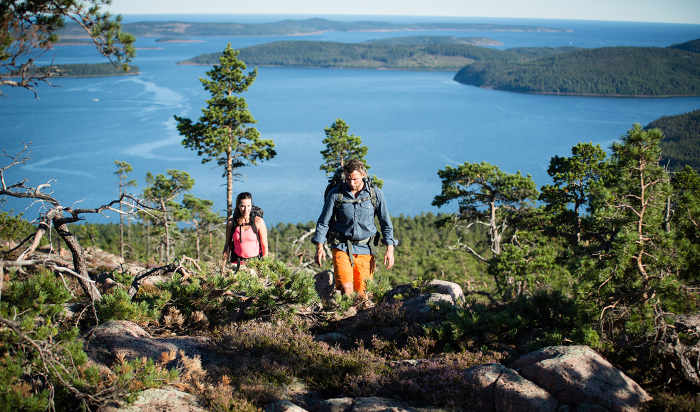
The hiking trail on the High Coast is the second longest in Sweden.
Recommendations for Travel in Norrland:
- Höga Kusten (the High Coast): A UNESCO world heritage site that extends from the communities of Kramfors, Härnösand and Örnsköldsvik. The area is a land of rolling hills, verdant valleys, sleepy fishing villages and the beautiful Baltic sea, often framed by craggy cliffs.
- Hotel Höga Kusten: A wonderful place to stay if you’re in the area. My architect husband pulled off the side of the highway when he glimpsed it and immediately made a reservation for a night there. The hotel is an architect’s dream, and offers excellent dining, a local design depot, and an imaginative playground that makes use of the unforgettable landscape.
- Umeå: Norrland’s largest city and the European Capital of Culture in 2014. Charming and laid back.
- Öjeby: a neighborhood of Piteå, which features a kyrkstad, a church town constructed in the 1400s for accomodating long-distance traveling worshipers for church events. These beautiful wood-framed houses still stand today and are definitely worth a visit.
- Piteå Havsbad– A resort, cultural center and sandy beach. We stayed here and even as a cynic I was thoroughly impressed by the friendly staff and tremendously family-friendly amusements that need not rely on kitsch and loud noises.
- Pensionatet – Charming and cozy bed and breakfast. Also a cafe (called Fiket) with home-baked goods, a lovely staff and delightful, thoughtfully arranged interiors.
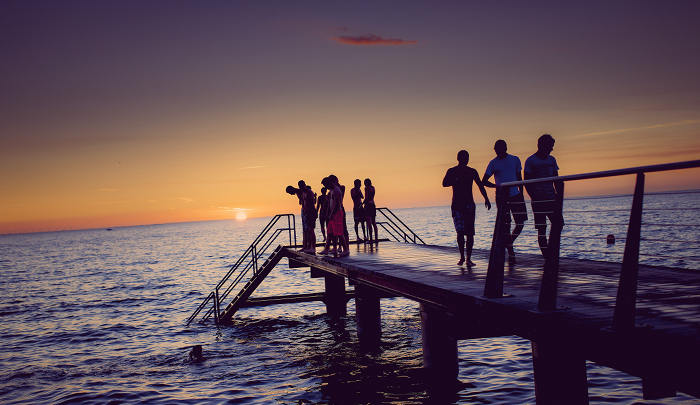
Amy Johansson
Featured Image: Sara Ingman/imagebank.sweden.se







